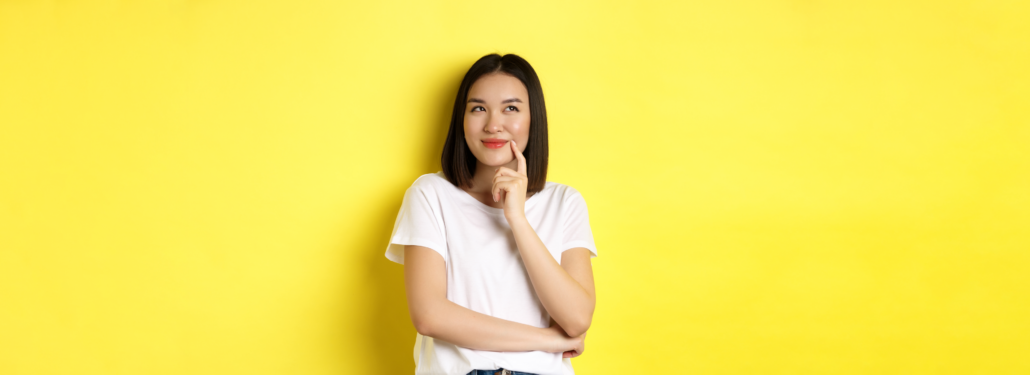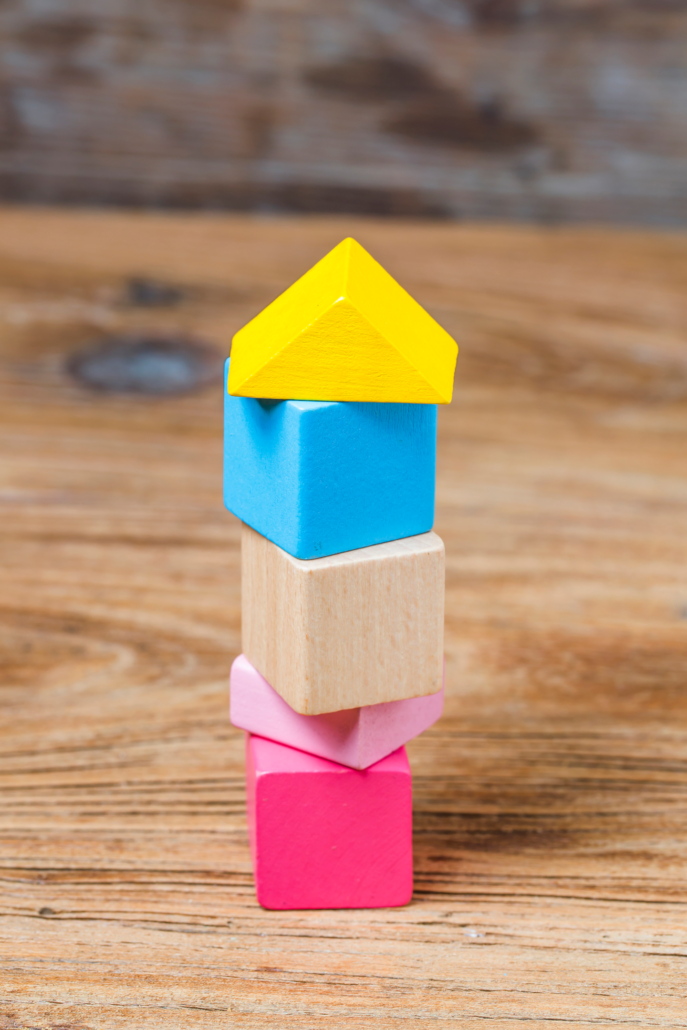
Image Credit: Prosci.com

The primary reason to run a customer journey mapping project is to drive customer-focused change. That’s what we heard when we asked customer experience practitioners to rate their success with their journey mapping project. A successful journey mapping project is one where change is made from the results.
Driving change requires a strong model, and at Heart of the Customer, we’re fans of Prosci’s ADKAR Change Management Model. ADKAR stands for:
Awareness: Be aware of the need to change.
Desire: Have the desire to change.
Knowledge: Know how to change.
Ability: Have the ability to make the change.
Reinforce: Reinforce the change.
We use this model as we prepare for customer journey mapping projects, and particularly as we help clients communicate the results to their organization. Failing to use a solid methodology was one reason so many journey mapping exercises fail. Let’s look at the ADKAR change model.
The model is typically (but not always) sequential in nature. Before you can create a better customer experience, you need to be aware of the need to improve, but you also must want to change. Many change programs fail because they assume that communication will solve the problem. While communication can help your teams understand that change is needed, that’s hardly sufficient. I know that cookies are bad for me. But telling me that doesn’t make it any easier to avoid them! Until your employees have the desire to do things differently, they’ll quickly go back to their old ways.
A journey mapping project is primarily aimed at the Knowledge part of the model. When a customer calls us, the person talking with us typically knows that change is needed, and they almost always want to drive change. But they typically don’t know just what needs to be changed or how to change it. Journey mapping fills this gap. The biggest problem CX pros make is assuming this is sufficient – they now have the knowledge, so everything should be ready to change, right?
Of course, that’s not how it works. While our direct client is at the Knowledge stage of the model, their broader employee base is often unaware of the need to change or lacks the desire to change.
That’s why participants in our survey said that the most critical factor in a successful journey mapping project is to “Involve a broad, cross-functional team.” Involving a broad team accomplishes two things: it spreads awareness of the customer friction points discovered during the journey mapping project, and, more importantly, involving a broad team creates ownership in the need to change, creating a team of people to lead the efforts.
If you’re one of the majority whose journey mapping projects failed, look to see if you’ve analyzed and executed the five steps of the ADKAR change model.

The ADKAR Model is a structured approach to successful change management. It focuses on the five essential building blocks of change: Awareness, Desire, Knowledge, Ability, and Reinforcement. Each building block is a milestone that individuals must pass through during the change process, which enables them to adopt new ways of working effectively.

Awareness: The first building block of the ADKAR Model is to create an understanding of why the change is necessary. This stage requires effective communication to ensure everyone is aware of the reasons for change, negative consequences and the benefits.
During the Awareness stage, it is crucial to communicate the need for change in a clear and concise manner. It is also essential to address any concerns or questions that individuals may have about the change. This stage is critical in create awareness of the need and ensuring that everyone is on the same page and understands the purpose of the change.
Desire: Individuals need to be motivated to support and contribute to the change effort, which brings us to the second building block foster desire. Desire is the emotional commitment to change. This stage involves creating a sense of urgency, highlighting the potential benefits, and creating a shared vision.
Creating a shared vision is an essential aspect of the Desire stage. It is essential to involve individuals in the change process and make them feel like they are part of the solution. This stage requires effective leadership and communication skills to motivate and inspire individuals to support the change effort.
Knowledge: The third building block involves the knowledge building by providing training, coaching, and other resources to help staff gain the skills and knowledge to work effectively in the new environment.
The Knowledge stage is crucial in ensuring that individuals have the necessary skills and knowledge to work effectively in the new environment. This stage requires effective training and coaching programs that are tailored to the needs of the individuals. It is also essential to provide ongoing support to the knowledge milestone to ensure that individuals can apply their new skills and knowledge effectively.
Ability: The fourth building block is about reinforcing the behaviors, so the changes become the new norm. This stage involves supporting individuals during the transition so they can embed new behaviors and work processes in the long term.
The Ability stage is critical in ensuring that the changes become the new norm. This stage requires ongoing support and reinforcement to ensure that individuals are applying the new behaviors and work processes effectively. It is also essential to provide feedback and recognition to individuals who are successfully implementing the changes.
Reinforcement: Finally, achieving sustainable change requires ongoing reinforcement. This stage involves embedding new processes into organizational culture and establishing a feedback loop to encourage employees to monitor and improve the change effort over time.
The Reinforcement stage is crucial in ensuring that organizational change becomes part of the culture. This stage requires ongoing monitoring and evaluation to ensure that the changes are sustainable. It is also essential to celebrate successes and address any challenges that arise during the process.

The ADKAR Model is critical in managing organizational change because it emphasizes the individual’s role in managing change effectively. Many other change management models and initiatives fail because they focus on the process rather than the individuals leading the change. When you prioritize the factors that influence successful individual change management – Awareness, Desire, Knowledge, Ability, and Reinforcement, you can create a more positive and lasting impact.
By using the ADKAR Change Management Model, organizations can ensure that individuals are actively involved in the change process and are motivated to support the change effort. This approach can lead to a more positive and lasting impact on the entire organization, resulting in increased productivity, improved morale, and better business outcomes.
Successfully implementing the ADKAR Model in your organization requires a tailored approach. Below are some steps you can take to integrate the model and ensure its success.
Before you can implement any change management initiative, it’s essential to evaluate the organization’s current situation. This assessment should account for the current culture, the workforce’s readiness to embrace change, and potential resistance to change. Once you have a good understanding of these factors, you can create a plan to address them and implement the ADKAR Model successfully.
During the readiness assessment, you should also identify any potential barriers to change. These barriers can be internal or external and can include factors such as lack of resources, poor communication, or resistance from employees. By identifying these barriers, you can create a plan to address them proactively.

Identifying the key stakeholders and their role is crucial to ADKAR Model’s success. These stakeholders need to be engaged in the process and made aware of how their role impacts the success of the change effort. Change sponsorship is also crucial to designating change leaders and ensuring the ADKAR model’s success, as leaders can model appropriate behaviors and reinforce the change effort.
When identifying stakeholders, it’s important to consider both formal and informal leaders. Formal leaders include managers and executives, while informal leaders are employees who have a significant influence on their colleagues. By engaging both formal and informal leaders, you can ensure that the change effort has broad-based support.

Implementing the ADKAR Model in your organization isn’t without its challenges. Here are some of the most common obstacles and how to overcome them:
Resistance to change is one of the most common challenges in change management. It’s natural for people to resist change, especially if they don’t understand the reasons for it or feel like they have no control over the process. The ADKAR Model can help mitigate resistance by creating awareness, fostering employee engagement from the outset, and nurturing a sense of ownership of the change.
Effective communication is central to the ADKAR Model’s success. Communicating a clear vision and the reasons for the change early on helps build a shared sense of understanding. It’s also essential to communicate frequently throughout the change process to keep everyone engaged and informed.
Implementing the ADKAR Model requires resources, including time, financial backing, and access to experts and consultants. Without these resources, it’s challenging to ensure that the change is effective and embedded as the new norm.
To overcome this challenge, it’s important to secure buy-in and support for change leaders from senior leaders in the organization. This can include securing funding for the change initiative and allocating resources to support its success. It’s also important to identify and engage experts and consultants who can provide guidance and support to facilitate change, throughout the change process.
Achieving sustainable customer-focused change requires ongoing measurement so that you can continuously improve your approach. A great Customer Journey Map project will end with an action workshop where leaders signup for initiatives that will drive better customer experiences. The measure of success is when those changes are implemented, and you see the results.
The ADKAR Model is a powerful tool that has helped many organizations achieve their change management goals. By understanding the ADKAR building blocks and tailoring them to your specific needs, you can drive successful change and achieve your desired outcomes. Here are some case studies and best practices that can help you learn from the experiences of others:
The ADKAR Model has been successfully implemented in a wide range of industries, from healthcare to technology. One example of this is GE Healthcare, which used the ADKAR Model to drive significant operational improvements in its imaging business. By using the ADKAR building blocks, GE Healthcare was able to improve the customer journey, which increased sales of their MRI and CT scanner systems by 29% and 25%, respectively, over a six-month period.
A regional bank in Florida that focused on organizational change management to improve their customer experience had Heart of the Customer drive customer-focused change initiatives. They engaged leadership, who shared how the organizational change would drive more business and better outcomes for the bank as a whole. The middle managers were given specific training that focused on how the customer-focused organizational change management process would help them achieve their personal KPIs for their teams. The front line embraced the changes as they saw the improved experiences the change management models affected.

The ADKAR Model is a powerful tool for making customer-focused change. By prioritizing the five building blocks of Awareness, Desire, Knowledge, Ability, and Reinforcement, you can create a more sustainable transition to better experiences for your customers. By following the best practices and overcoming common challenges, you can ensure that the Customer Journey Map project drives the changes needed.

